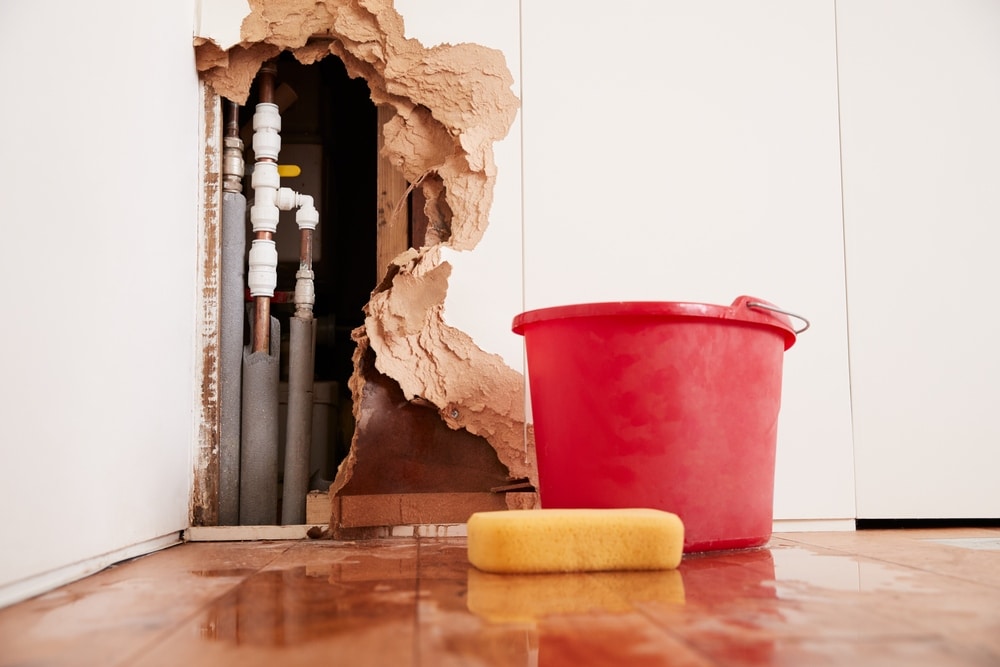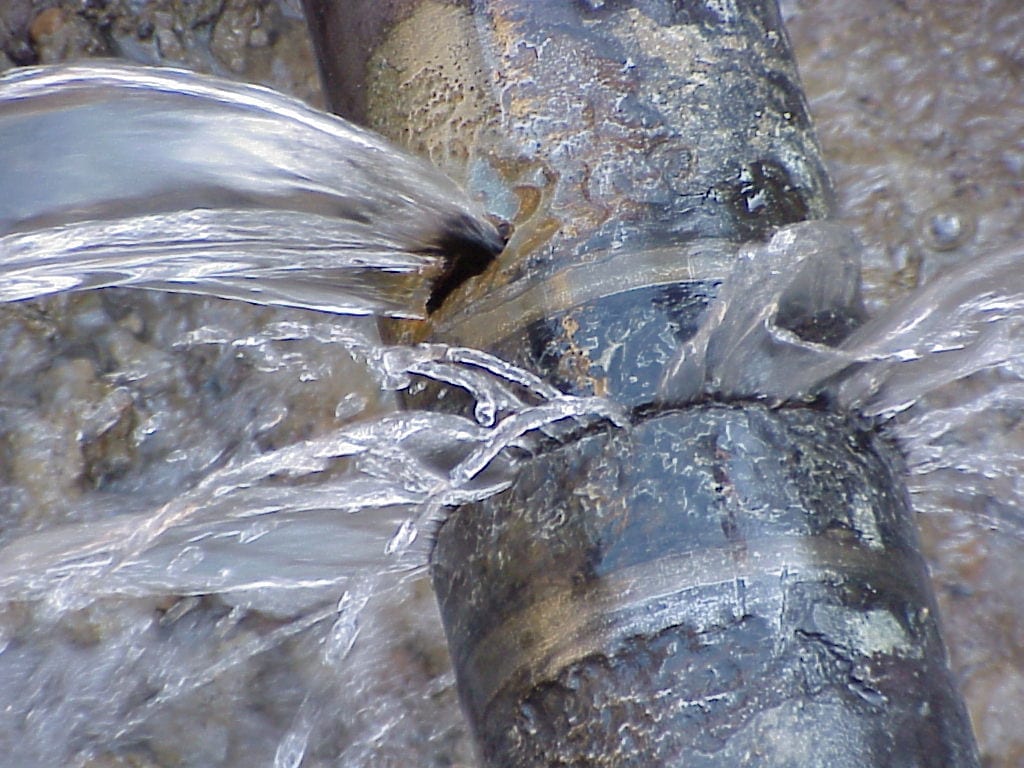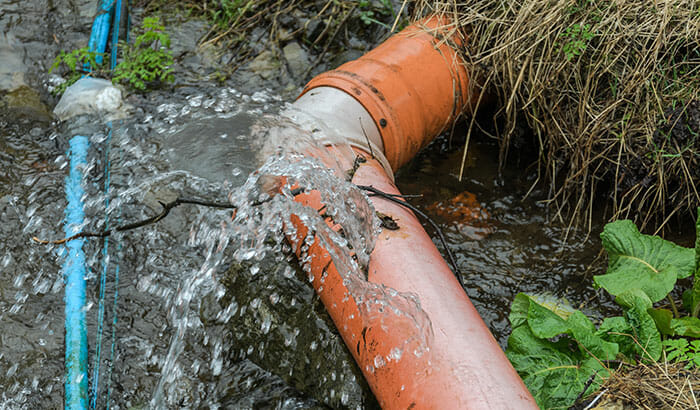Avoiding Burst Pipeline: Necessary Tips to Secure Your Plumbing
Stopping ruptured pipelines is a crucial problem for property owners, especially throughout colder months when the threat of cold is enhanced. Applying tactical actions such as correct insulation, regular inspections, and keeping constant interior temperature levels can dramatically lower the chance of pipeline failure.
Understand Pipeline Vulnerabilities
Recognizing pipe susceptabilities is important for reliable plumbing upkeep and protecting against costly damages. Numerous variables add to the susceptibility of pipes to bursts, consisting of product composition, age, and ecological conditions. Older pipelines, specifically those made from galvanized steel or polybutylene, commonly break down gradually, leading to raised danger of ruptures and leaks.
Temperature changes can additionally dramatically impact pipe integrity. In cooler environments, water entraped in pipelines can freeze, applying and expanding stress on the pipeline wall surfaces, which might ultimately result in a burst. Additionally, high water stress can stress pipelines, specifically at joints and bends, increasing the likelihood of failure.

Insulate Water Lines Properly
Correct insulation of pipelines is important for preventing freezing and succeeding bursts during winter (burst pipe). Insulating your plumbing system successfully safeguards versus temperature level goes down that can result in expensive damages. Begin by recognizing susceptible locations where pipelines are exposed to outdoor temperatures, such as basements, attics, and outside walls
Use foam pipeline insulation sleeves or cover insulation tape around these locations to provide a protective obstacle. Make certain that all areas of the pipes, particularly those with limited warm direct exposure, obtain ample insulation. Pay special interest to installations and joints, as these are extra vulnerable to cold.
When insulating, it's necessary to pick materials that satisfy local building regulations and are ideal for the certain environment. Fiberglass insulation is frequently suggested for its thermal resistance properties. Furthermore, take into consideration making use of warmth cables or tape in extreme problems, which can be connected in to offer extra warmth
Frequently check insulated pipelines for any kind of signs of wear or damages, as jeopardized insulation can reduce its efficiency. By taking these aggressive procedures, you dramatically lower the risk of pipeline ruptureds, ensuring a reputable pipes system throughout the winter season months.
Maintain Regular Temperature
A stable interior temperature level is necessary for protecting against ruptured pipes throughout the frigid months. When temperatures drop, water within pipelines can ice up, creating and broadening pressure that might eventually cause the pipelines to burst. To reduce this danger, homeowners must preserve a regular temperature throughout their space, ideally no reduced than 55 ° F(13 ° C)Making use of a programmable thermostat can help take care of interior temperature levels properly, guaranteeing that spaces with pipes remain cozy even when your house is unoccupied. Pay unique focus to locations that are a lot more vulnerable to chilly, such as cellars, attic rooms, and garages. Keeping cabinet doors open under sinks can likewise enable warmer air from the home to flow around pipes.
On top of that, it is prudent to enable taps to trickle a little throughout extreme cold snaps. This small flow of water can prevent cold by easing stress within the pipelines. In addition, throughout particularly serious weather occasions, consider temporarily suspending any nighttime problems on your thermostat to preserve a steady warm atmosphere. By implementing these approaches, property owners can significantly lower the threat of pipeline bursts and guard their pipes systems versus the severe winter months elements.
Consistently Inspect Plumbing
Normal inspections of plumbing systems are important for stopping ruptured pipes and keeping total home integrity. Regular checks enable house owners to recognize potential issues prior to they rise right into pricey repairs or major water damages. Throughout these inspections, it is vital to check out noticeable pipes for indications of rust, leakages, or wear. Pay special interest to locations vulnerable to cold, such as cellars, attics, and outside walls.
Additionally, inspecting joints and links is important, as these factors are often susceptible to leaks. Home owners should also examine water pressure degrees, as extreme stress can stress the plumbing system and boost the risk of pipe ruptureds.
Take into consideration organizing professional plumbing assessments at least yearly, specifically before winter months, to guarantee your system is prepared for colder temperatures. Routine evaluations not only assist in determining instant problems however also foster lasting upkeep methods that can enhance the life expectancy of your plumbing system. By being proactive in your approach, you can guard your home against the pricey and disruptive effects of ruptured pipes. Focusing on pipes assessments is a financial investment in your home's health and wellness. site link
Know Emergency Procedures
Understanding emergency situation procedures is crucial for each home owner, specifically after carrying out regular pipes inspections. Being gotten ready for a plumbing emergency situation can dramatically alleviate damages and save costs. First, situate your primary water shut-off Read Full Article valve; it is generally discovered near the water meter or where the primary line enters your home. Acquaint on your own with its procedure, as turning off the water system rapidly can stop extensive flooding.
Following, keep necessary devices convenient. A plumbing emergency set need to include a wrench, bettor, and towels, along with a flashlight and a container for small leaks. In addition, think about having the get in touch with info for a trusted plumber conveniently available, should the situation rise beyond your control.
If you spot a leakage or burst pipe, right away switch off the water supply and alert your plumbing technician. Record the damage with photographs for insurance coverage purposes. Know the indicators of possible plumbing issues, such as uncommon water pressure fluctuations or damp places on wall surfaces
Inevitably, proactive expertise and swift activity are crucial in managing plumbing emergency situations, guaranteeing your home remains protected and reducing potential damage.

Conclusion
In final thought, preventing ruptured pipes demands a multifaceted approach that consists of understanding pipeline vulnerabilities, correct insulation, keeping regular interior temperatures, regular inspections, and expertise of emergency situation treatments. By carrying out these necessary methods, the danger of pipes failings can be substantially minimized, therefore making sure the durability and effectiveness of the plumbing system. Positive procedures not just protect versus possible damages but likewise add to overall water conservation and the security of property.
In colder environments, water entraped in pipelines can ice up, expanding and putting a knockout post in pressure on the pipe wall surfaces, which may ultimately lead to a ruptured. When temperatures decrease, water within pipes can freeze, increasing and producing pressure that may inevitably cause the pipes to ruptured. By implementing these methods, house owners can dramatically lower the risk of pipe bursts and secure their plumbing systems versus the harsh winter season aspects.
